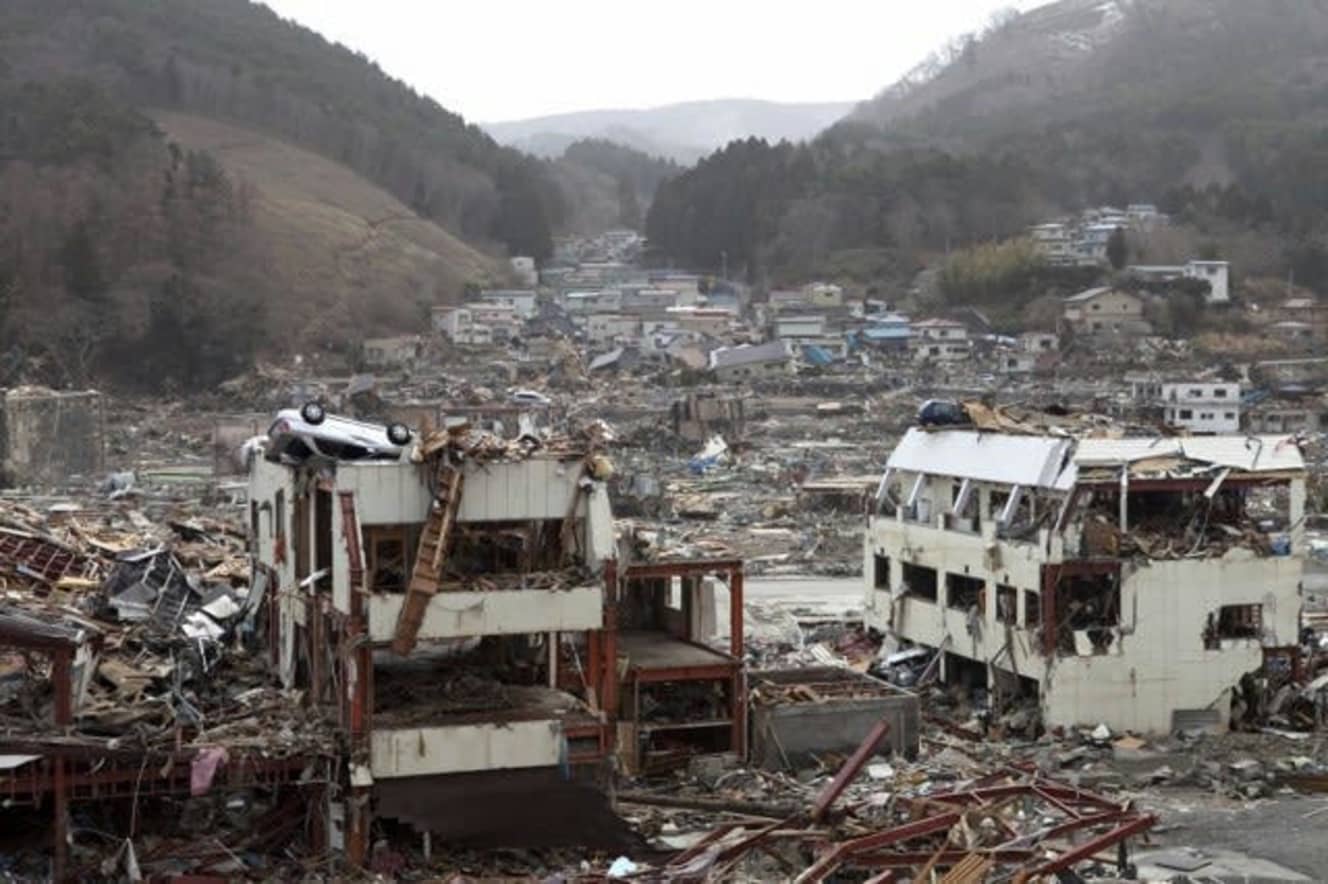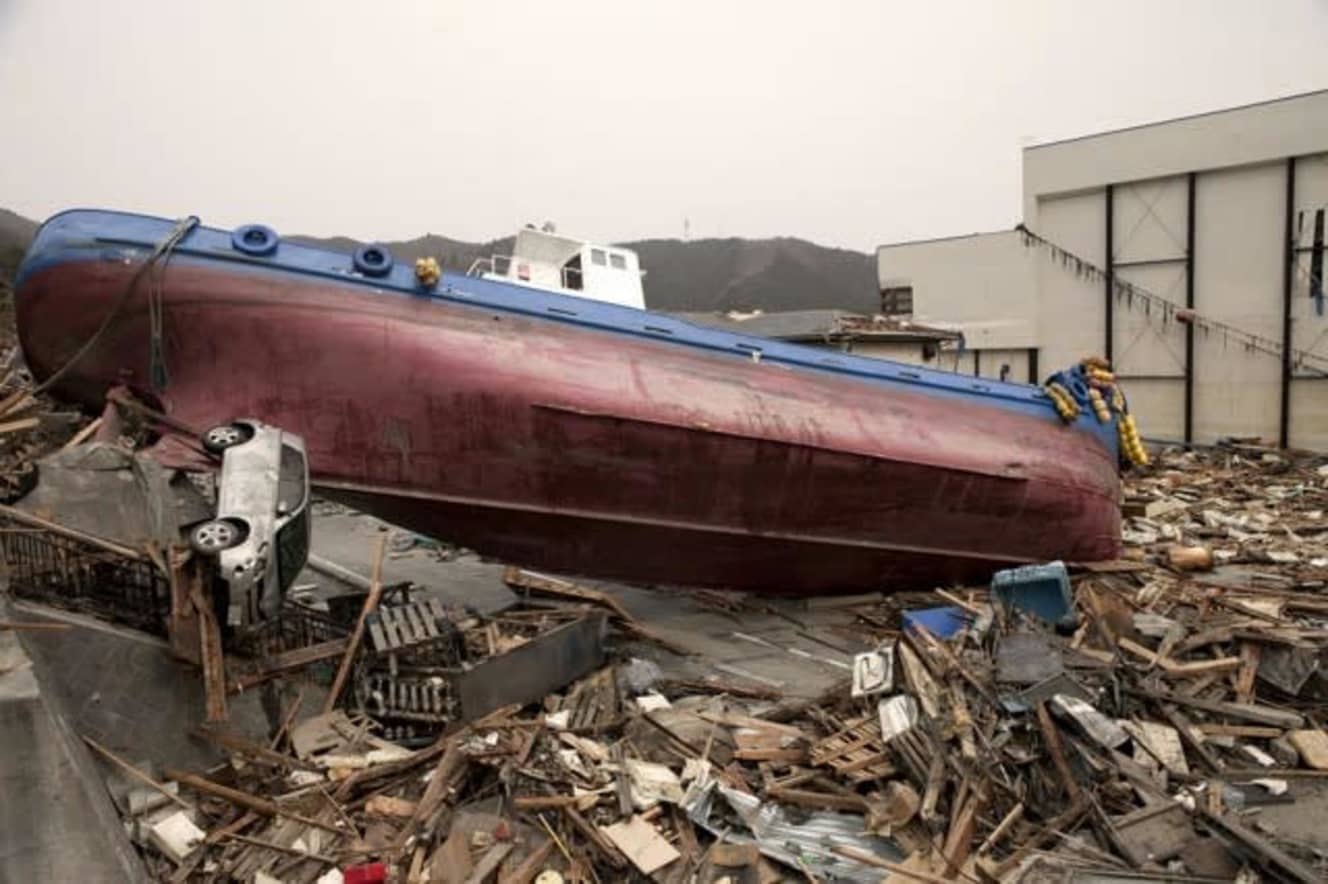A series of earthquakes, volcanic eruptions, and a shuddering relationship with the “Super Nankai Earthquake

Eerie tremors have been occurring frequently.
12 December 3, 6:00 a.m. December 3, 6:37 a.m. On December 3, at 6:37 a.m., there was an earthquake with an intensity of just under 5 on the Japanese scale at Fujigoko in eastern Yamanashi Prefecture. At 9:28 a.m. At 9:28 a.m., an earthquake measuring 5.0 on the Richter scale struck the Kii Channel in Wakayama Prefecture. 5 At 9:28 a.m., an earthquake with a seismic intensity of 5.0 on the Japanese scale occurred in the Kii Channel in Wakayama Prefecture. Since the following day, a swarm of earthquakes with intensity 1 or higher has occurred more than 200 times in the Amami region of Kagoshima Prefecture and the sea near the Tokara Islands. These earthquakes are not the only ones.
It’s not just earthquakes. August In August, Fukutoku Okanoba, a submarine volcano in the Ogasawara Islands, erupted on a large scale, and a large amount of pumice drifted to the Pacific coast of Japan. On the 4th of this month, about 4,000 people from Japan 4,000 On the 4th of this month, Mount Sumeru on the Indonesian island of Java, about 4000 km south of Japan, erupted.
All of these earthquakes and volcanic activities have something in common. All of these earthquakes and volcanic activities have one thing in common: they all occur along the edge of the Philippine Sea Plate or near the adjacent plate.
Seismologist Hidenori Shimamura, a specially appointed professor at Musashino University, explains.
The Philippine Sea Plate, which extends southward from the Izu-Ogasawara Trench, experiences an annual4.5 cm per year. The Philippine Sea Plate, which extends south from the Izu-Ogasawara Trench, is sinking into the Eurasian Plate, which covers the continent, at a rate of about 5 cm per year. Plate boundary earthquakes and volcanic eruptions occur when strain builds up near a plate boundary and the plate rebounds.
In Yamanashi and Wakayama 12 The magnitude 5 tremor that occurred on December 3 in Yamanashi and Wakayama, the large eruption at Fukutoku Okanoba, and the swarm of earthquakes in the Tokara Islands were all influenced by the movement of the Philippine Sea Plate. It is thought that a considerable amount of strain is accumulating at the plate boundaries.
Huge earthquakes exceeding the Great East Japan Earthquake

Manabu Takahashi, a professor at the Center for the Study of Pacific Rim Civilizations, Ritsumeikan University, is also alarmed by the movement of the Philippine Sea Plate.
He said, “The increased westward movement of the Pacific Plate is pushing the neighboring Philippine Sea Plate, and this is having various effects near the plate boundary. The large eruption of Fukutoku Okanoba is located near the boundary between the two plates, and magma erupted due to the strong pressure. The reason for the eruption is not clear, but according to the GSI’s electronic reference point survey, there have been some eerie phenomena such as changes in the crustal movement of the Japanese archipelago since mid-August.
Since 1990 Since 1990 150 The Nankai Trough earthquake, which causes major earthquakes every 90 to 150 years, occurs at the boundary between the Philippine Sea Plate and the Eurasian Plate. The government’s Seismological Research Commission 18 Earthquake Research Committee February In February 2006, the government’s Seismological Commission of Inquiry concluded that the Nankai Trough earthquake is likely to occur at a rate of within 30 within 30 years. 70 ~within 30 years. There is a 70-80 It has a 70-80% chance of occurring within 30 years,” he said.
It has a 70 to 80 percent chance of occurring within a year. 1944 In 1944 and 1946 The previous Nankai Trough earthquakes in 1944 and 1946 were smaller than the previous ones. If the strain has not been fully released, this time it could be a huge earthquake. 1707 In the 1707 Hōei earthquake 49 Fuji erupted 49 days later. If it erupts, the Japanese archipelago will be divided into east and west by volcanic ash and spewed magma.
There is also the possibility of a huge earthquake.
The Philippine Sea Plate starts from Ibaraki and Chiba, passes through the Nankai Trough area, Oita and Okinawa, and connects to Indonesia. I call it the ‘Super Nankai Earthquake,’ but if all the plates move at once, it will exceed the Great East Japan Earthquake. M9.5 I call it a “Super Nankai Earthquake.
In reality, the plates will move in order little by little over the next few years, but even so Ⅿ8.5 class earthquakes will occur again and again. In the case of such large earthquakes, the shaking will continue for three to four years before the occurrence. In addition to the Nankai Trough earthquakes, there will be many more Ⅿ5 class earthquakes.
In addition to the Nankai Trough earthquakes, there are many more earthquakes that are expected to occur in the next 30 years. In addition to Nankai Trough earthquakes, the probability of an earthquake occurring within the next 30 years is estimated to be 1 in 10. In addition to the Nankai Trough earthquake, the probability of an earthquake occurring within the next 30 years is In addition to the Nankai Trough earthquake, the probability of an earthquake occurring within the next 30 years is expected to be around 70 In addition to the Nankai Trough earthquake, there is also concern about the earthquake directly under the Tokyo metropolitan area, which is expected to have a probability of about 70% within the next 30 years. As we live in an earthquake-prone country, it is important to be prepared to survive any major earthquake that may occur.



Interview, writing, photography: Shun Kirishima
Journalist. Born in Tochigi Prefecture in 1965. Has covered a wide range of topics, from nuclear power plant issues to professional baseball. He has been active in magazines such as FRIDAY, Weekly Playboy, and Weekly Asahi.